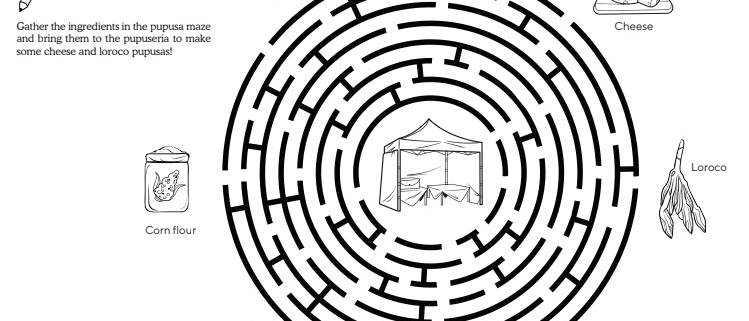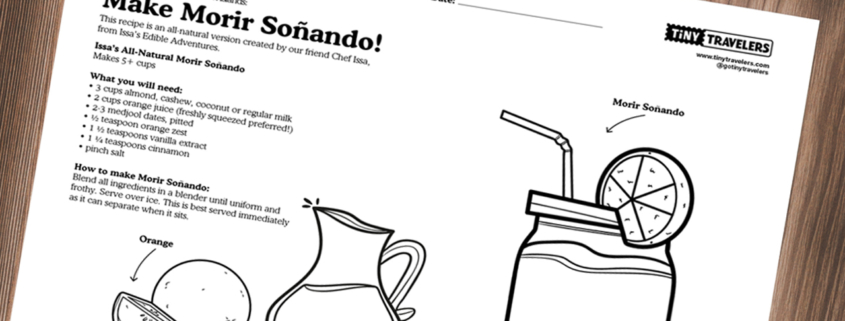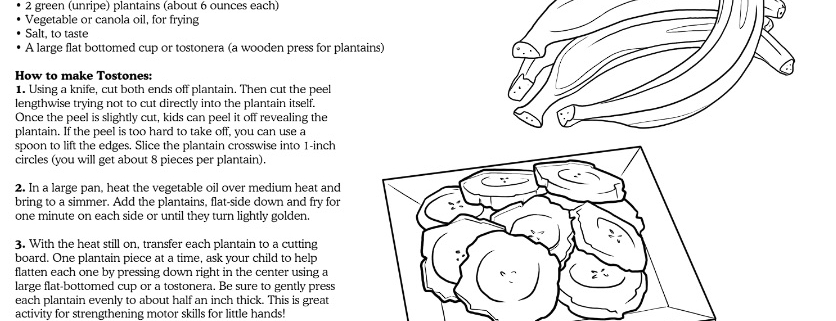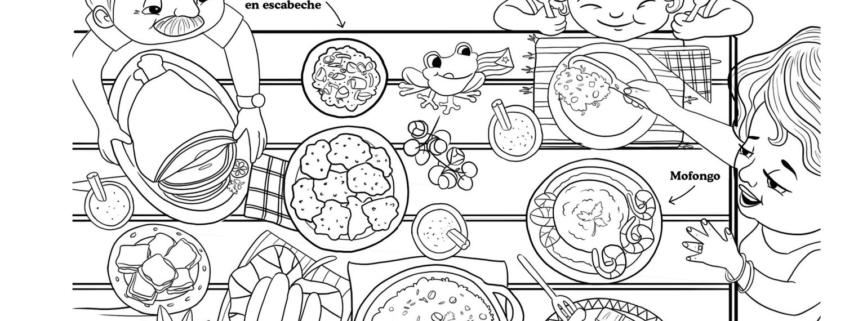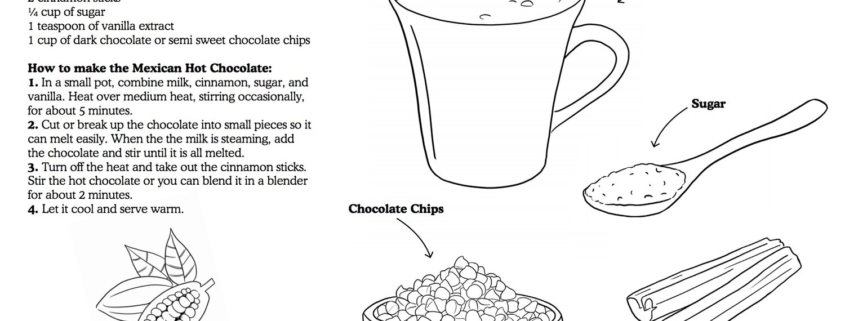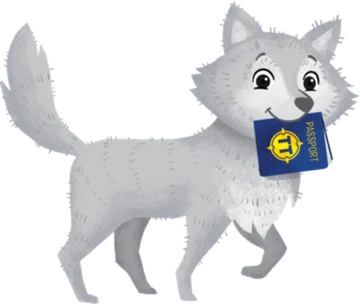Let’s get cooking, Tiny Travelers!
From pasteles to arroz con gandules, chicharrón to bacalaíto, Puerto Ricans love their food and take great pride in cooking from the heart. For today’s activity, we are going to focus on one of the most beloved sweets in Puerto Rico: an icy type of ice cream called limber.
Limbers can be found all over Puerto Rico; at roadside fruit stands, local colmados (convenience stores), and even gas stations! Limbers are commonly made with tropical juices and sometimes with milk! They are the perfect treat to cool down on a warm day, or when you want a light snack to satisfy your sweet tooth.
If you’re wondering about its unique name, limbers are actually named after Charles A. Lindbergh, the first pilot to fly across the Atlantic Ocean. When Lindbergh flew alone to Puerto Rico on his 26th birthday, on February 4, 1928, he was offered a frozen fruit juice. He enjoyed it so much that the locals then started freezing the juice and calling it “limber” in his honor!
Today’s activity includes a fun Puerto Rico coloring sheet in which you can explore what foods you would traditionally find on the table at home. Once you’ve completed your coloring sheet, try making a limber with our recipe! This easy-to-follow recipe can be customized in a variety of ways to adapt to ingredients you have in your home.The flavor options are endless – you can use any fruit that you have available and it’s a kid-approved healthy alternative to a traditional popsicle!
Download Activity Sheet:
Note to parentsThis recipe should be done with adult supervision.
